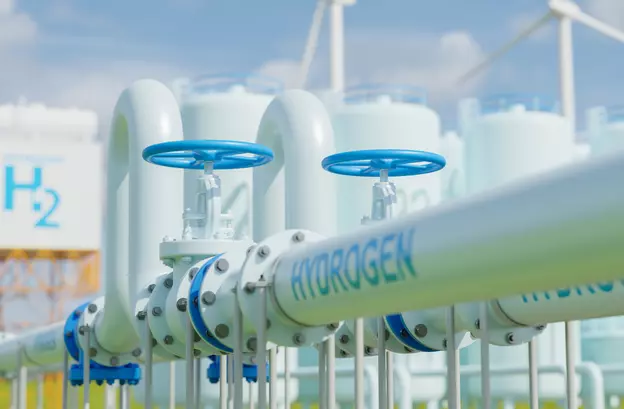Treasury and IRS Finalize Clean Hydrogen Production Tax Credit Regulations
The Department of Treasury and the IRS have finalized regulations implementing the credit for the production of clean hydrogen and certain provisions pertaining to the energy credit under the Inflation Reduction Act (IRA) of 2022.

The IRA introduced the clean hydrogen production credit under Internal Revenue Code (IRC) section 45V to incentivize hydrogen production that meets specific greenhouse gas limits, with higher credits available for lower emissions intensity. To qualify for the tax credit, a facility must produce hydrogen with a lifecycle greenhouse gas emissions rate of no greater than 4 kg CO2e/kg H2 (i.e. qualified clean hydrogen).
While the finalized regulations largely mirror the proposed regulations issued on 26 December 2023 (Treasury Department and IRS Propose Clean Hydrogen Production Tax Regulations), they have several key refinements based on public comments and agency consultations. More specifically, the finalized regulations:
- replace reliance on the "most recent GREET model" with the "45VH2-GREET Model," a hydrogen-specific lifecycle analysis tool developed by Argonne National Laboratory;
- add definitions for new terms, such as "hydrogen gas stream," "mixed gas or impurity," and "productive use," to clarify rules for clean hydrogen production and ensure economic value in production;
- add a new rule for certain emissions related to purification treated as through the point of production;
- clarify the definition of "facility," excluding upstream feedstock production and recovery equipment (e.g. renewable natural gas equipment) and downstream property used for hydrogen beyond the point of production;
- strengthen third-party verification requirements to ensure accurate claims of lifecycle greenhouse gas (GHG) emissions and credit eligibility;
- refine anti-abuse provisions by introducing a "productive use" standard, requiring that hydrogen gas streams generate legitimate economic value independent of the section 45V credit;
- clarify that the section 45V credit is not allowable if the primary purpose of the sale or use (rather than the production and sale or use) of qualified clean hydrogen is to obtain the benefit of the section 45V credit in a manner that is wasteful;
- clarify that the taxpayer obtains the section 45V credit in a wasteful manner if the taxpayer sells qualified clean hydrogen that the taxpayer knows or has reason to know will be vented, flared, used to produce heat or power that is then directly used to produce hydrogen, or otherwise used to produce hydrogen, in excess of standard commercial practices;
- provide specific guidance for allocating lifecycle GHG emissions among multipurpose equipment that serves hydrogen production and other functions;
- address stakeholder concerns by refining compliance rules for prevailing wage and apprenticeship (PWA) requirements, particularly for alterations and repairs of facilities; and
- ensure consistency in lifecycle GHG emissions calculation by mandating fixed "background data" parameters in the 45VH2-GREET Model, minimizing subjective taxpayer input.
The finalized regulations (T.D. 10023) took effect on 10 January 2025, its scheduled date of publication in the Federal Register.
Report from our correspondent Jannica Santos, Attorney.